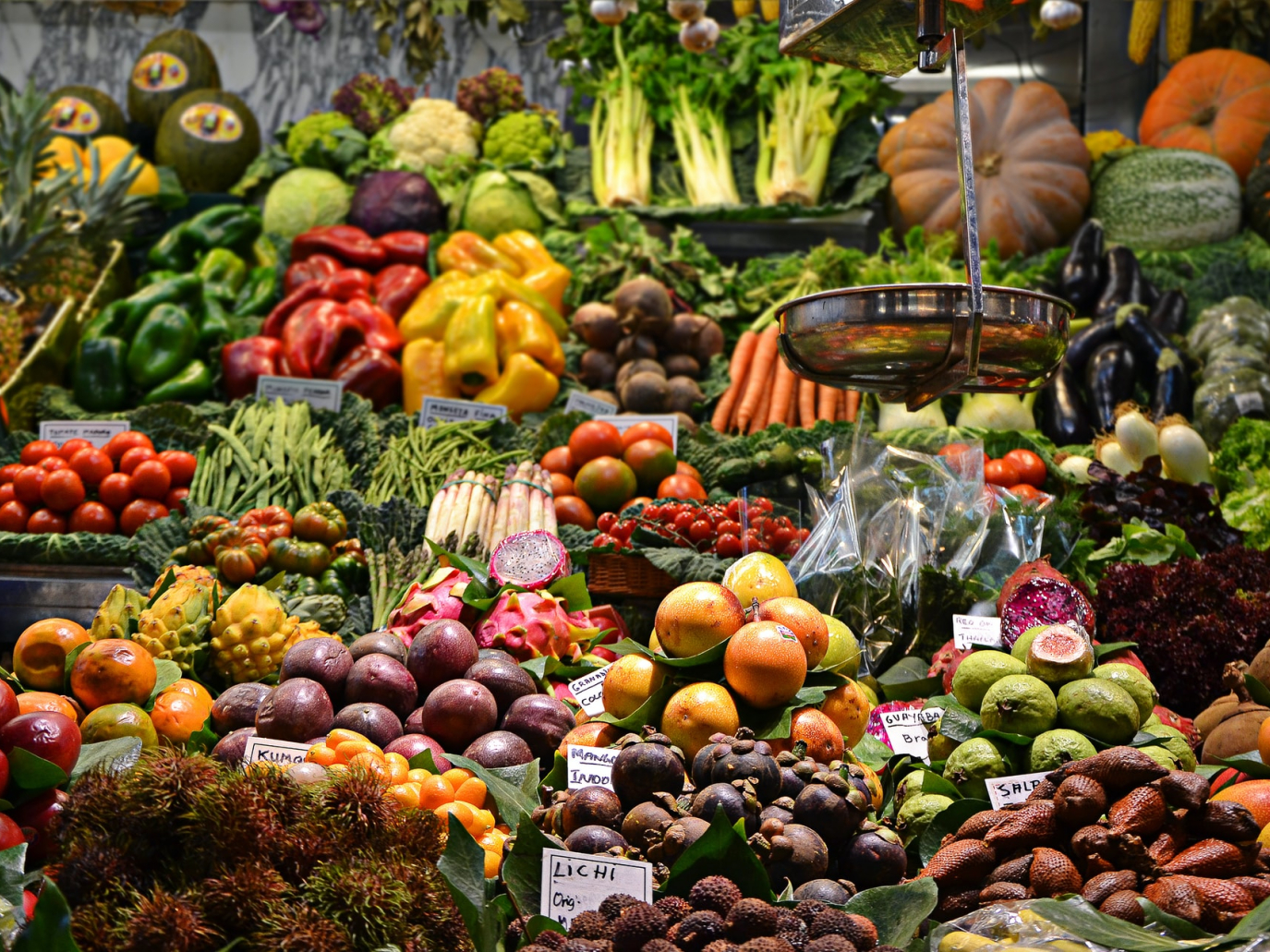Those dealing with macro scenarios know these numbers all too well: in 2050, in order to feed 9.1 billion people, food availability will have to increase by about 70% (benchmarked against 2005 baseline). Production in developing countries should nearly double. In key raw materials, the annual grain production should increase by nearly 1 billion tonnes, meat production by over 200 million tonnes totalling 470 million in 2050, 72% of which in developing countries, compared to today’s 58%. As far as other raw materials crucial for our livelihood are concerned, net exports of oil seeds and vegetable oils in developing countries are expected to more than triple and net export of sugar double. The arrival of biofuels could make these estimates increase since the above-mentioned three groups of raw materials can be used in the biofuel market (this will be discussed in Renewable Matter n. 34) that in many countries is still deregulated.
The Agroindustry’s Impacts
We also know that agriculture and livestock play a central role in maintaining a dynamic balance between crucial planetary boundaries, analysed by Johan Rockström, and regenerative cycles that nature delivers every day. Agroindustry practices interfere with the nitrogen cycle (and the increase of its concentration due to nitrogen fertilizers contributes 6% to the greenhouse effect), and impact water availability (at global level agriculture is responsible for 75% of water consumption), biodiversity loss (invasive agriculture is one of the main drivers of the current biodiversity loss, at a rate from 100 to 1,000 times higher than the physiological extinction rate due to natural evolution), and climate change (according to IPCC; agriculture is responsible for 23% of total anthropic emissions, including direct emissions and soil use changes and deforestation).
A Healty Information on Food System
These are uneasy problems to deal with due to magnitude, complexity, strategic (in-depth analysis by Tim Lang in his concept of “food defence”), economic and social interests. But they have contributed to the development of solutions tackling the circular revolution for food with a vast range of ideas, policies, tools and technologies. In this issue of Renewable Matter, in collaboration with University of Gastronomic Sciences in Pollenzo, we tackle the roots of ongoing climatic upheaval, environmental, social, and economic instability. While in a very short time news and forests are burnt, Farm to Fork Strategy (commented by Cinzia Scaffidi) – promoted by the EU Commission to embed crucial biodiversity protection principles into growth – cannot lose effectiveness in the many steps between representatives who must transform it into rules and operability. As Jocelyn Bleriot, executive lead Institutions, Governments & Cities at MacArthur Foundation, highlights, “Politics must be brave on each issue.” And as Slow Food Chairman Carlo Petrini warns, generic commitments are not enough, we cannot focus just on immediate consensus to tackle this indifference epidemic towards a much needed conversion to integral ecology. Otherwise, history will not forgive us.
This quiet reflection nestles the ability to understand that everything is connected, that we are our connections, fed by healthy information such as that offered by this issue of Renewable Matter.




